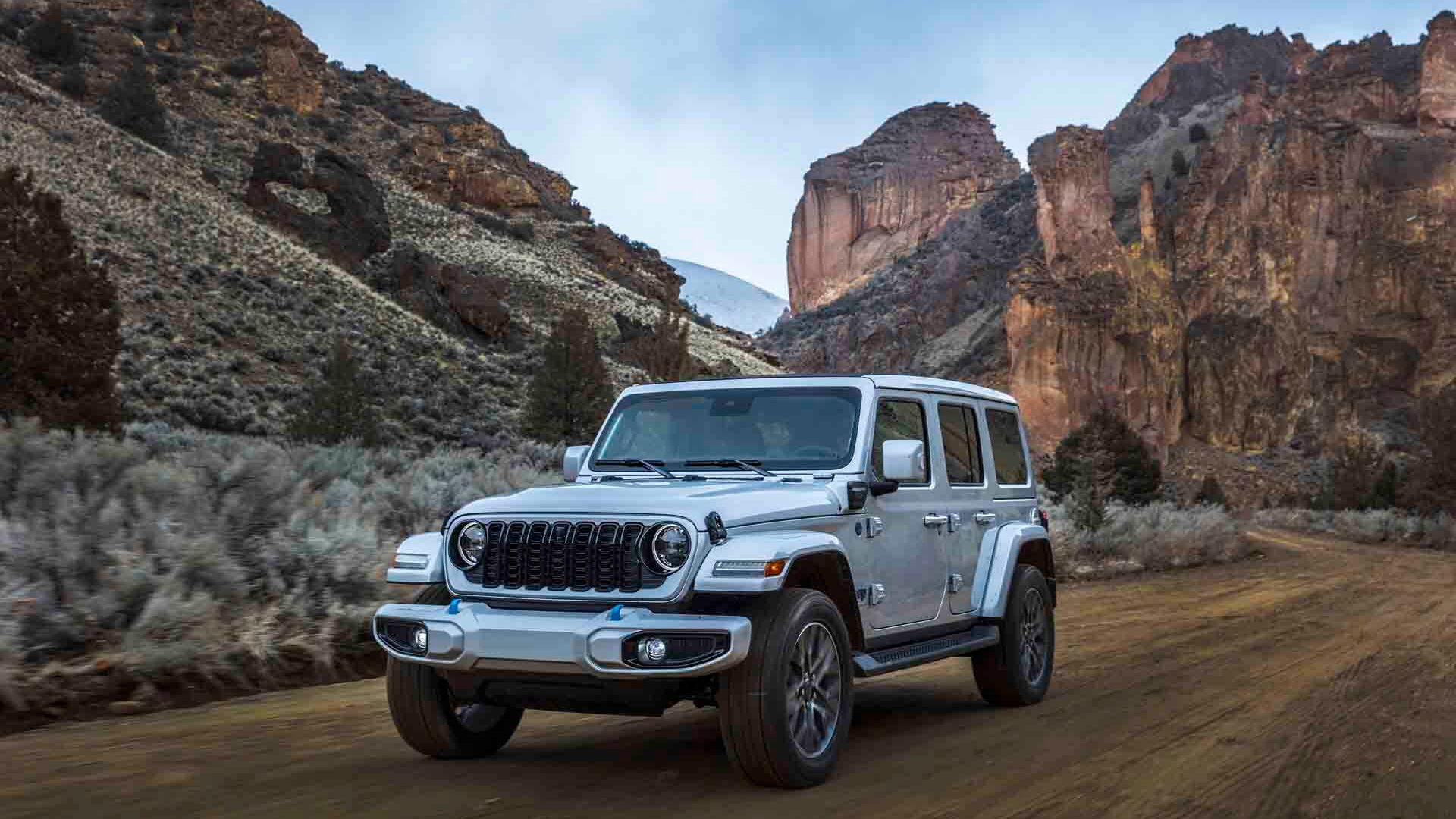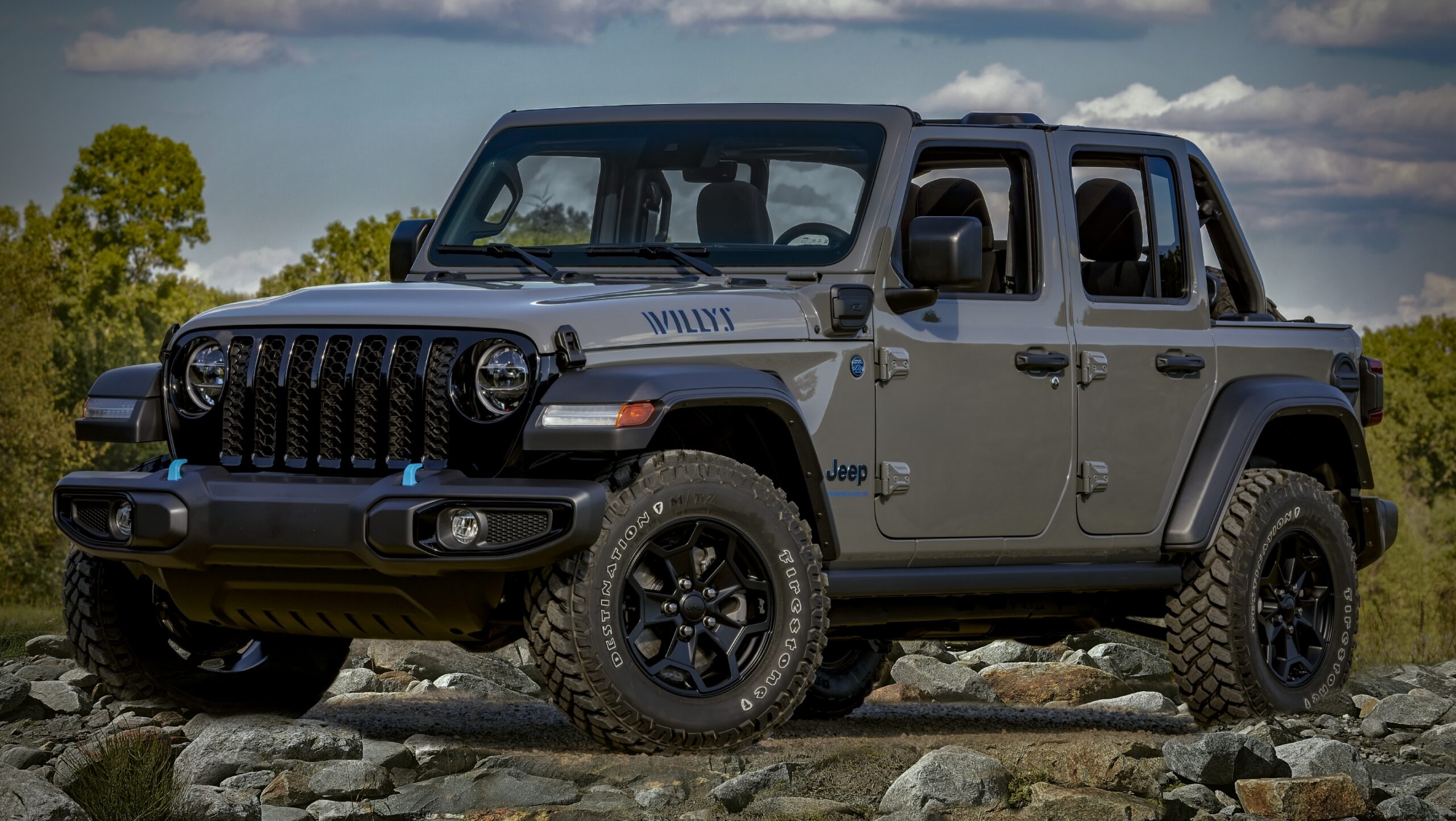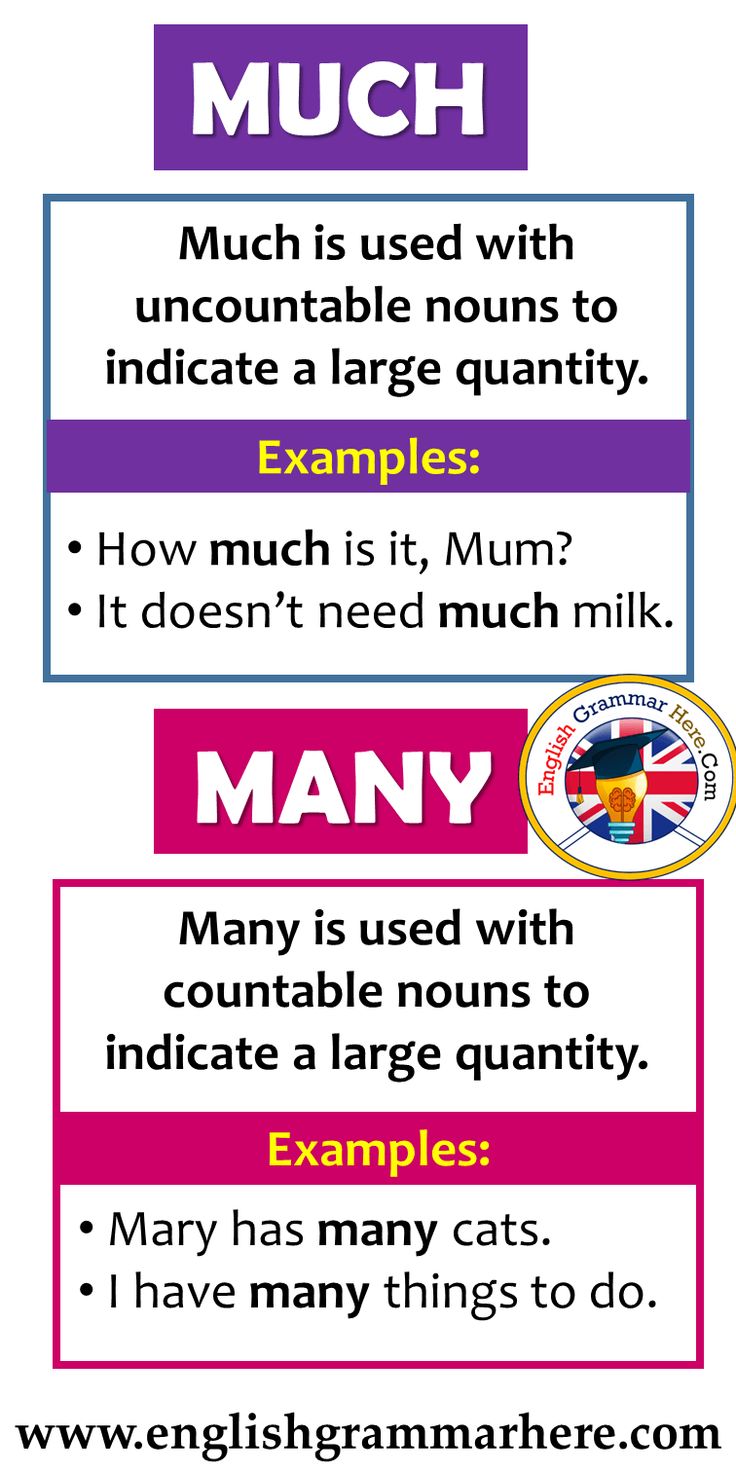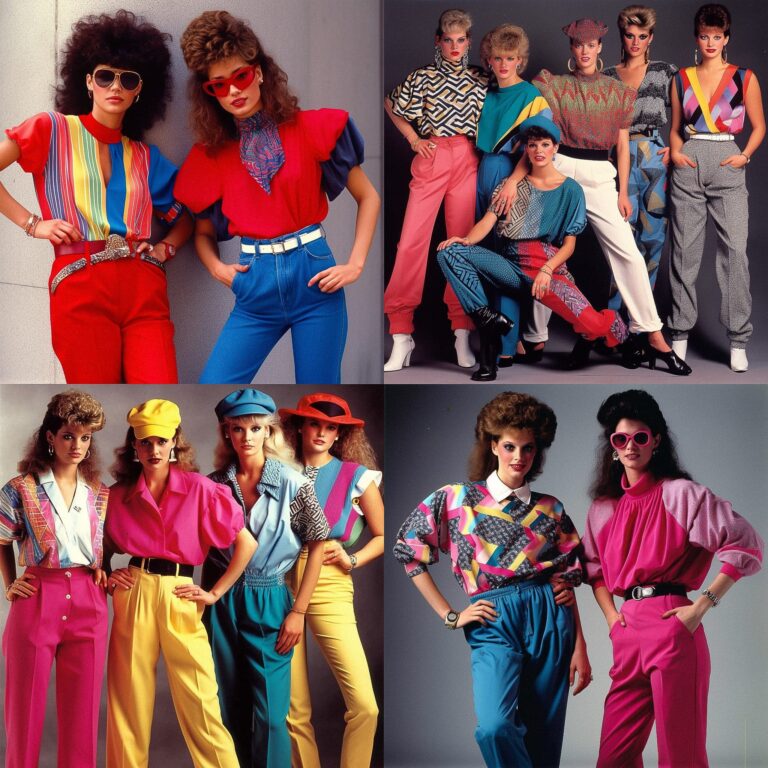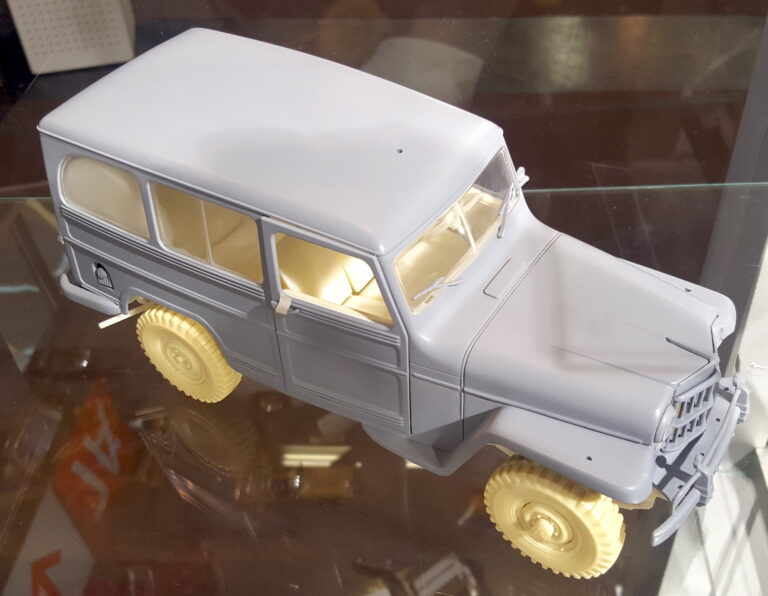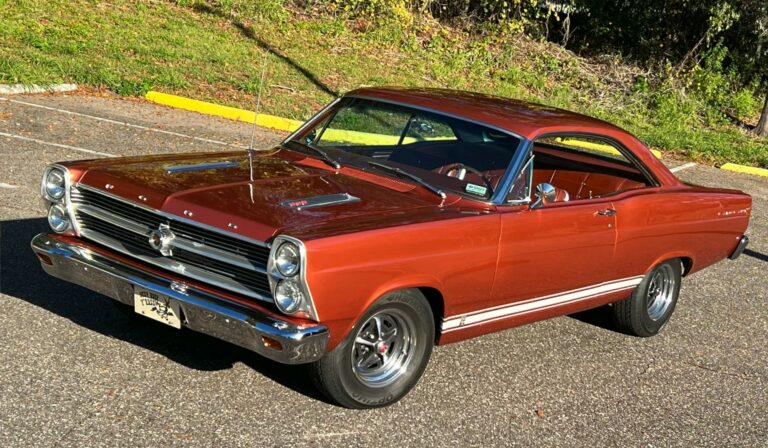Jeep Wrangler Zipper Lube: The Ultimate Guide to Smooth Operation and Longevity
Jeep Wrangler Zipper Lube: The Ultimate Guide to Smooth Operation and Longevity jeeps.truckstrend.com
The iconic Jeep Wrangler, with its removable tops and doors, embodies freedom and adventure. Whether you prefer the open-air experience of a full convertible or the versatile protection of a soft top, one critical component often overlooked in maintenance is the humble zipper. From the large zippers securing your soft top windows to the smaller ones on storage bags or tonneau covers, these seemingly minor elements are crucial for both functionality and comfort. This is where Jeep Wrangler Zipper Lube comes into play – not a single, proprietary product, but rather the essential practice and the specific lubricants designed to keep your Wrangler’s zippers operating smoothly, silently, and reliably for years to come.
Neglecting your Wrangler’s zippers can lead to frustrating jams, torn fabric, broken teeth, and ultimately, costly replacements. Exposure to dirt, dust, UV rays, and varying temperatures can cause zippers to become stiff, gritty, or even seize up entirely. Understanding the importance of proper lubrication and knowing which products to use and how to apply them is key to preserving the integrity of your Jeep’s soft top components and enhancing your overall ownership experience.
Jeep Wrangler Zipper Lube: The Ultimate Guide to Smooth Operation and Longevity
Why Lube Your Jeep Wrangler Zippers? The Unsung Benefits of Smooth Operation
Many Jeep owners focus on engine oil, tire pressure, and chassis maintenance, but overlook the vital role of zipper care. Lubricating your Jeep Wrangler’s zippers offers a multitude of benefits that directly impact the usability, longevity, and enjoyment of your vehicle:
- Ensures Smooth and Effortless Operation: The most immediate benefit is the elimination of frustrating sticking and grinding. Properly lubricated zippers glide open and closed with minimal effort, making soft top adjustments quick and easy.
- Prevents Sticking and Snagging: Dirt, grit, and UV degradation can cause zipper teeth to bind. Lubrication creates a protective barrier, allowing the slider to move freely and preventing frustrating snags that can damage both the zipper and the surrounding fabric.
- Extends Zipper Lifespan: Friction is the enemy of any moving part. Regular lubrication significantly reduces wear and tear on zipper teeth and sliders, preventing premature breakage and extending the overall life of your soft top and other zippered accessories. This saves you from expensive repairs or replacements.
- Protects Against Environmental Elements: Quality zipper lubricants often contain properties that repel water, dust, and grime. This protective layer shields the zipper from corrosive elements and prevents abrasive particles from embedding themselves between the teeth.
- Maintains Aesthetic Appeal: Stiff, dirty zippers can detract from the overall appearance of your soft top. Smooth, well-maintained zippers contribute to a cleaner, more professional look, reflecting a well-cared-for vehicle.
- Enhances User Experience and Safety: Imagine trying to quickly close a window during a sudden downpour, only for the zipper to jam. Smooth-operating zippers ensure you can respond quickly to changing weather conditions, improving both comfort and safety.
- Reduces Fabric Stress: When zippers stick, owners often apply excessive force, which can stress and tear the fabric around the zipper teeth. Lubrication eliminates the need for such force, preserving the integrity of your soft top material.
![]()
Understanding Jeep Wrangler Zippers: Anatomy and Common Issues
Before diving into lubrication, it’s helpful to understand the zippers you’re working with. Most Jeep Wrangler soft tops utilize durable plastic coil or molded plastic zippers, designed to withstand outdoor conditions. These are preferred over metal zippers for their resistance to corrosion and flexibility.

Common Locations of Zippers on a Wrangler:
- Soft Top Windows: The side and rear windows attach to the main soft top frame using long, heavy-duty zippers. These are the most frequently operated and thus most susceptible to wear.
- Door Surrounds: Some soft top configurations have zippers that integrate with the door surrounds or frame.
- Tonneau Covers & Duster Covers: If you have a soft tonneau cover for your cargo area, it will likely have zippers.
- Storage Bags & Organizers: Many aftermarket storage solutions for Wranglers also feature robust zippers.
Common Issues Leading to Zipper Failure:
- Dirt and Grit Accumulation: The most common culprit. Off-roading, dusty trails, or even everyday driving can cause fine particles to embed themselves in the zipper teeth, creating abrasive friction.
- UV Degradation: Prolonged exposure to sunlight can make plastic zippers brittle and prone to cracking. While lube doesn’t reverse UV damage, it can help prevent further deterioration by reducing friction on weakened components.
- Lack of Lubrication: Without a smooth medium, the slider grinds against the teeth, leading to accelerated wear.
- Improper Operation: Forcing a stuck zipper can bend teeth or break the slider.
- Fabric Shrinkage/Stretching: Temperature fluctuations can cause the soft top fabric to expand or contract, putting undue tension on the zippers.
Choosing the Right Zipper Lube for Your Jeep: What to Use and What to Avoid
The market offers various zipper lubricants, but not all are suitable for your Jeep Wrangler’s soft top. The key is to select products that are effective, safe for plastic and fabric, and designed for outdoor use.
What to Look For in a Jeep Wrangler Zipper Lube:
- Non-Staining/Clear Formula: Crucial to prevent discoloration of your soft top fabric.
- Silicone-Based or Wax-Based: These are generally the safest and most effective for plastic zippers and fabric. They create a smooth, non-greasy film.
- Waterproof/Water-Resistant: To maintain effectiveness in wet conditions and repel moisture.
- UV Resistant: While not all lubes are explicitly UV resistant, some offer added protection.
- Non-Petroleum Based: Petroleum products (like Vaseline or WD-40) can attract dirt, degrade plastic over time, and potentially stain fabric. Avoid them!
- Residue-Free (or Minimal Residue): You want a lubricant that works without leaving a sticky or gummy residue that attracts more dirt.
Recommended Types of Zipper Lube:
- Silicone-Based Sprays/Sticks: Excellent for creating a slick, water-repellent surface. Ensure they are fabric-safe.
- Examples: 303 Aerospace Protectant (while primarily a protectant, its silicone properties can aid lubrication), Gear Aid Zipper Lubricant & Cleaner.
- Wax-Based Sticks: Often preferred for their non-messy application and durability. They create a dry, slick film.
- Examples: Gear Aid Zipper Wax, McLube Sailkote.
- Specialized Soft Top Cleaners/Conditioners with Lubricants: Some products designed specifically for soft tops include components that also lubricate zippers.
- Paraffin Wax (Caution): While pure paraffin wax can be used, it’s less convenient than dedicated products and can leave visible residue if not applied sparingly. Use only as a last resort if nothing else is available.
What to ABSOLUTELY AVOID:
- WD-40: While it loosens things, it’s a degreaser and attracts dirt. It can also degrade plastic and rubber over time and stain fabric.
- Petroleum Jelly (Vaseline): A dirt magnet. It will create a sticky mess that traps abrasive particles, doing more harm than good.
- Grease/Oil: Similar to petroleum jelly, these will attract and hold dirt, leading to accelerated wear and staining.
- Graphite Powder: Can be messy, difficult to clean, and less effective for plastic zippers.
A Step-by-Step Guide: How to Apply Jeep Wrangler Zipper Lube
Applying zipper lubricant is a simple process, but proper preparation is key to its effectiveness and longevity.
Tools You’ll Need:
- Soft brush (old toothbrush works well)
- Clean cloths or microfibers
- Mild soap (e.g., dish soap, soft top cleaner) and water
- Your chosen zipper lubricant (stick, spray, or liquid with applicator)
Application Steps:
-
Clean the Zippers Thoroughly (Crucial First Step):
- Open the Zipper: Fully open the zipper to expose as many teeth as possible.
- Brush Away Loose Debris: Use a soft brush (like an old toothbrush) to gently brush away any visible dirt, dust, or grit from both sides of the zipper teeth and the slider. Pay close attention to the nooks and crannies.
- Wash (Optional but Recommended): For heavily soiled zippers, mix a small amount of mild soap with water. Dip your brush into the soapy water and gently scrub the zipper teeth. Rinse thoroughly with clean water, ensuring no soap residue remains. Allow the zipper to dry completely before proceeding. Do not apply lubricant to wet zippers.
- Wipe Down: Use a clean, damp cloth to wipe down the entire zipper track, removing any remaining dirt or soap residue. Follow with a dry cloth.
-
Apply the Lubricant:
- For Stick/Wax-Based Lube: Rub the stick directly along both sides of the zipper teeth. Ensure you get the lubricant into the spaces between the teeth. You don’t need a thick layer – a light, even coat is sufficient.
- For Spray-On Lube: Spray a small amount directly onto a clean cloth or cotton swab, then apply it to both sides of the zipper teeth. This method helps control application and prevents overspray on the fabric. If spraying directly, be very careful and consider masking off surrounding fabric.
- For Liquid Lube with Applicator: Follow the product instructions, usually involving dabbing or wiping the liquid onto the zipper teeth.
-
Work the Lubricant In:
- Gently open and close the zipper several times. This action helps to distribute the lubricant evenly along the teeth and inside the slider, ensuring full coverage. You should immediately feel a noticeable difference in smoothness.
-
Wipe Away Excess:
- Use a clean, dry cloth to wipe away any excess lubricant from the zipper and the surrounding fabric. This prevents attracting dirt and keeps your soft top looking clean.
Important Considerations & Tips for Zipper Longevity
- Regular Cleaning is Paramount: Lubrication works best on clean zippers. Make cleaning a routine part of your soft top maintenance.
- Frequency of Application: The frequency depends on your usage and environment. For daily drivers or off-road enthusiasts, lubricating every 3-6 months is a good starting point. For less frequent use or garage-kept Jeeps, once a year might suffice. If you notice any stiffness, it’s time to re-apply.
- Gentle Operation: Always open and close zippers slowly and deliberately. Avoid yanking or forcing them, especially when the fabric is cold and stiff.
- Address Stuck Zippers Promptly: If a zipper gets stuck, don’t force it. Try wiggling the slider gently, and if it still resists, re-clean and re-lube the affected area.
- Proper Soft Top Storage: When removing soft top components, store them properly. Keep windows flat and clean, away from abrasive surfaces that could damage zippers.
- UV Protection for Fabric: While not directly for zippers, using a UV protectant on your soft top fabric (like 303 Aerospace Protectant) helps maintain the fabric’s flexibility, which in turn reduces stress on the zippers.
Potential Challenges and Solutions
Even with the best care, zippers can encounter issues. Here are some common challenges and their solutions:
- Zipper Teeth Broken/Missing:
- Challenge: A section of teeth is gone, or a tooth is bent/broken.
- Solution: Minor bends can sometimes be carefully straightened with pliers, but broken teeth usually require professional repair or zipper replacement. This is often more costly than preventative maintenance.
- Zipper Slider Issues:
- Challenge: The slider is too loose (doesn’t close teeth) or too tight (hard to move).
- Solution: A very slight squeeze with pliers on the sides of a loose metal slider might help, but this is risky on plastic sliders. A stuck plastic slider usually means internal grit or wear. Thorough cleaning and lubrication are the first steps. If it’s worn out, the slider itself may need to be replaced by a professional.
- Fabric Tearing Near Zipper:
- Challenge: The fabric adjacent to the zipper is torn or frayed.
- Solution: This usually happens from forcing a stuck zipper or prolonged stress. Small tears might be repairable with specialized fabric repair kits or patches. Larger tears will require professional soft top repair or replacement.
- Extreme Weather Effects:
- Challenge: Zippers become very stiff in cold weather or expand in extreme heat.
- Solution: Lubrication helps maintain flexibility across temperatures. In cold weather, give the soft top a few minutes to warm up slightly before attempting to open or close zippers. Never force cold, stiff zippers.
Table: Estimated Price Guide for Jeep Wrangler Zipper Lube Products
Please note: Prices are estimates and can vary significantly based on retailer, location, and product size. Always check current prices.
| Product Name | Type | Key Features | Estimated Price Range (USD) |
|---|---|---|---|
| Gear Aid Zipper Lubricant & Cleaner | Liquid/Stick | Specific for zippers, non-toxic, biodegradable, repels dirt/water, UV protection | $8 – $15 |
| Gear Aid Zipper Wax | Wax Stick | Wax-based, non-staining, easy application, good for all zipper types | $7 – $12 |
| 303 Aerospace Protectant | Spray | UV protection, repels dust/stains, conditions vinyl/rubber/plastic (aids lube) | $15 – $30 (larger sizes) |
| McLube Sailkote | Dry Lube | PTFE-based, non-greasy, dry film, highly durable, excellent friction reduction | $15 – $25 |
| Boeshield T-9 Lubricant/Rust Prev. | Liquid Spray | Corrosion protection, waterproof, leaves a thin wax film, good for metal zippers | $10 – $20 |
| Pellon Zipper Cleaner/Lubricant | Stick | Wax-based, often found in sewing/craft stores, simple, effective | $5 – $10 |
Frequently Asked Questions (FAQ) about Jeep Wrangler Zipper Lube
Q1: How often should I lube my Jeep Wrangler zippers?
A1: It depends on your usage and environment. For daily drivers or those who frequently remove/install their soft top components, every 3-6 months is a good guideline. If you notice stiffness or resistance, it’s time to lubricate. For less frequent use, once a year might suffice.
Q2: Can I use WD-40 on my Jeep’s zippers?
A2: No, absolutely not. WD-40 is a degreaser and can attract dirt, degrade plastic components over time, and potentially stain your soft top fabric. Always use lubricants specifically designed for zippers or plastic/fabric-safe applications.
Q3: What if my zipper is already stuck or very stiff?
A3: First, thoroughly clean the zipper with a soft brush and mild soapy water, then rinse and dry completely. Once clean and dry, apply a generous amount of a suitable zipper lubricant. Gently work the zipper back and forth, slowly increasing the range of motion. Do not force it. If it’s still stuck after cleaning and lubricating, the zipper may be damaged and might require professional repair or replacement.
Q4: Will zipper lube stain my soft top fabric?
A4: Quality zipper lubricants (silicone- or wax-based) are typically designed to be non-staining and clear. However, always wipe away any excess immediately after application to minimize the risk of residue buildup that could attract dirt or leave a mark. If in doubt, test a small, inconspicuous area first.
Q5: Is zipper lube necessary if I rarely remove my soft top or windows?
A5: Yes, it is still highly recommended. Even if you don’t frequently operate them, zippers are exposed to dust, dirt, and UV rays, which can cause them to become stiff and degrade over time. Lubrication helps protect them and ensures they’ll function smoothly when you do need them.
Q6: Can I use these zipper lubricants on other zippers on my Jeep or gear?
A6: Absolutely! Most zipper lubricants suitable for your soft top are also excellent for other zippers on your vehicle (e.g., seat covers, cargo bags) or outdoor gear like tents, backpacks, and jackets.
Conclusion: A Small Investment for Big Returns
The freedom of a Jeep Wrangler is inextricably linked to its removable components, and at the heart of many of these are the zippers. Neglecting these seemingly small parts can lead to frustrating experiences and expensive repairs, undermining the very essence of Wrangler ownership. Investing a little time and a small amount in Jeep Wrangler Zipper Lube is a proactive, low-cost maintenance step that yields significant returns.
By regularly cleaning and lubricating your soft top zippers, you ensure smooth, effortless operation, extend their lifespan, protect them from the elements, and ultimately, preserve the functionality and aesthetic appeal of your beloved Jeep. Make zipper care a routine part of your Wrangler maintenance, and you’ll enjoy countless more adventures with a top that opens and closes as smoothly as the day it rolled off the lot. Embrace the simplicity of this vital maintenance task, and your Jeep Wrangler will thank you with years of unhindered, open-air enjoyment.
